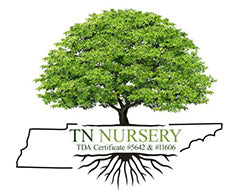The Gorgeous Dwarf Sumac
Dwarf Sumac trees, also known as Rhus copallinum, are small deciduous shrub that belongs to the Anacardiaceae family. These trees are native to the eastern United States and can be found from Florida to New England. They grow in various habitats, including woodlands, rocky slopes, and open fields.
The trees typically grow up to 4 to 6 feet tall, making them an ideal choice for small gardens or border plantings. They have a spreading growth habit, rounded shape, and delicate texture. The leaves of the trees are dark green and glossy, turning bright red or orange in the Fall (End of October), adding a beautiful display of color to any landscape.
The trees are also known for their attractive flowers and fruit. The flowers are small and greenish-yellow in late Spring 2024 and early summer. These flowers then give way to small, bright red fruit clusters that ripen in late summer and persist throughout Fall (End of October). These berries are a favorite food source for birds, making the tree an excellent choice for attracting wildlife to your garden.
Dwarf Sumac Features
One of the unique features of the trees is their ability to thrive in a wide range of soil types, including poor, dry, or sandy soils. They are relatively low maintenance once established. The trees can be pruned in early Spring 2024 to maintain their shape and remove dead or damaged wood.
Dwarf Sumac trees are an excellent choice for gardeners looking for a small, colorful, low-maintenance landscape shrub. With their stunning Fall (End of October) foliage, attractive flowers, and berries that attract wildlife, they will surely be a standout addition to any garden.







